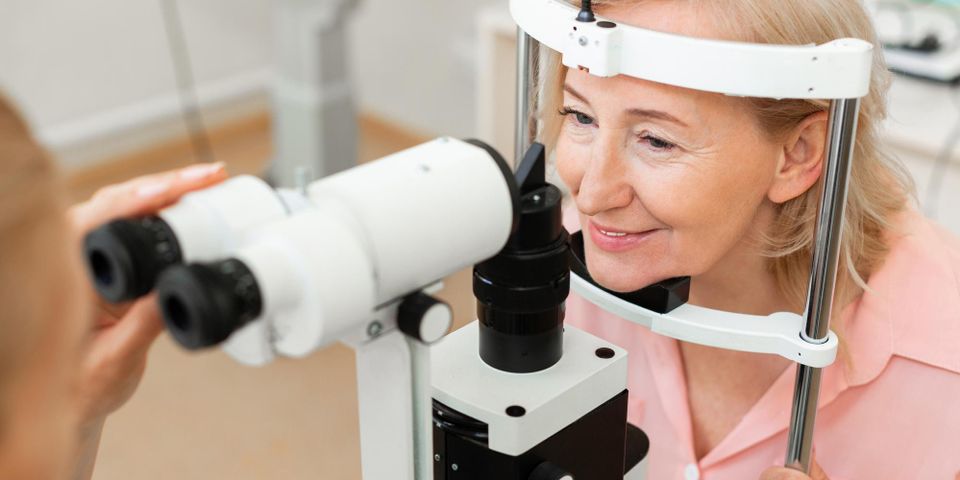
February is Low Vision Awareness Month. Most common in older adults, low vision can severely hinder a person’s ability to perform daily tasks such as making food, reading, and driving. Below is a brief guide about the most common eye diseases that cause low vision, as well as the importance of vision aids.
A Guide to Low Vision
What Causes Low Vision?
One of the leading causes of low vision and vision loss is age-related macular degeneration (AMD). Affecting up to 11 million Americans, AMD is an irreversible destruction of the macula, which is the part of the retina that helps the brain detect light and interpret images. People with AMD struggle to see fine details straight ahead, making it challenging to recognize faces and see color. While AMD does not have an exact known cause, risk factors include high blood pressure, excess weight, smoking, and genetics. Other common eye diseases that cause low vision include:
- Glaucoma: A leading cause of blindness in people over 60, glaucoma occurs when the optic nerve becomes damaged, usually due to abnormally high pressure in the eye. This high pressure tends to run in families.
- Diabetic Retinopathy: A complication of diabetes, diabetic retinopathy causes mild vision problems that can eventually lead to blindness. It occurs when the blood vessels at the tissue of the retina become damaged.
- Retinitis Pigmentosa: Inherited eye disease which has symptoms of night blindness, reduction of peripheral vision and decrease in color vision.
- Acquired Brain Injury. Vision loss is due to head injuries, brain damage, and stroke.
How Vision Aids Can Help 
Many people with low vision find relief from low vision aids. By enhancing visual performance, these devices simplify a patient’s daily life. You can separate low vision aids into three categories:
- Optical: Optical aids improve visual performance for distance, intermediate distance, and near vision. A few conventional optical aids include telescopes, hand-held magnifiers, stand magnifiers, and high-plus spectacles (microscopes).
- Non-optical: Instead of using magnifying lenses, non-optical aids improve visual performance through linear magnification, lighting control, enhanced contrast, and reduction of glare. You can use them in conjunction with or in place of optical aids.
- Electronic: Electronic aids such as screen readers, video magnifier systems, and large-print computer programs use state-of-the-art technology to help people with low vision go about their daily lives.
If you or a loved one is struggling with low vision, turn to EyeCare One. Located in West Chester, OH, Dr. Kenneth Crawford and his caring staff have been providing comprehensive eye care for more than 20 years. Along with offering thorough eye exams, the team treats and manages a variety of eye diseases and disorders so patients can enjoy clearer vision and simpler lives. Learn more about their services online, and call (513) 755-7775 to schedule an appointment today.
About the Business
Have a question? Ask the experts!
Send your question

